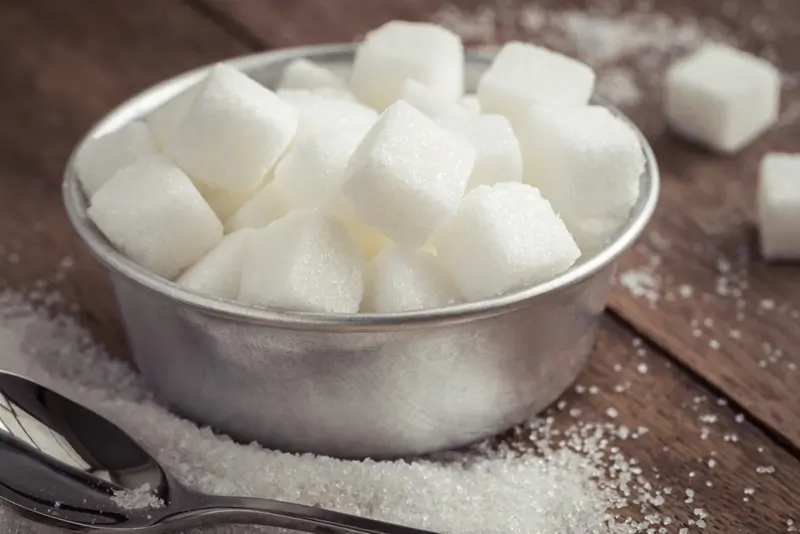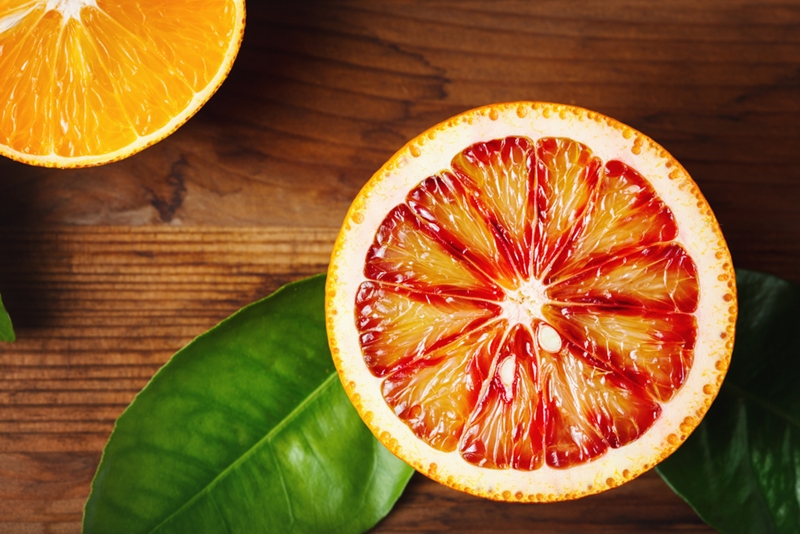Dental health myths can be a pain in the tooth. Knowledge is your best defence against oral health problems like gum disease and tooth decay. Unfortunately, there are a few dental health myths floating around that can confuse the issue, making it hard to know what you should and shouldn't do. To make sure you are taking the very best care of your mouth, we've busted a few common myths around dental health.
Just like using a brush with hard bristles, brushing too often can strip away the enamel on your teeth.
1. Myth: hard-bristled toothbrushes are more effective
Truth: Using a hard-bristled toothbrush can damage your gums and destroy tooth enamel. A soft-bristled toothbrush is recommended by the New Zealand Dental Association (NZDA). As well as being more comfortable, a toothbrush with soft, flexible bristles is more effective in cleaning all the hard-to-reach spots and is much gentler on your teeth and gums.
2. Myth: the more you brush your teeth, the better
Truth: Just like using a brush with hard bristles, brushing too often can strip away the enamel on your teeth. Stick to brushing twice a day, for two to three minutes each time. Between brushing, simply rinse out your mouth after meals and chew sugar-free gum. Both of these actions will help get rid of food debris from your mouth, preventing harmful plaque acid from forming.

3. Myth: gum disease isn't common
Truth: It might sound hideous and scary, but gum disease can affect up to 70 per cent of Kiwis, according to the Institute of Dental Implants and Periodontics.
Gingivitis, the most common form of gum disease, is an inflammation of the gums caused by plaque. It often goes unnoticed because it is not always painful. It's important to be vigilant for gingivitis nonetheless, as it can develop into a more serious form of gum disease, periodontitis, if left untreated. Fortunately, gingivitis is easily reversible and preventable; the key is to maintain a good oral hygiene routine and schedule regular dental check ups.
4. Myth: if your gums are bleeding, brush and floss less
Truth: It can be mildly terrifying to spit out a mouthful of blood after brushing and flossing. A lot of people think that the best response in this case is to lay off vigorous cleaning for a while, when in fact the opposite is true. Bleeding, inflamed gums are often a sign of an excess of plaque, and potentially the early stages of gum disease. Thorough and persistent brushing and flossing will reduce plaque, restore health to your gums, and eventually stop the bleeding you are experiencing. If bleeding persists, however, get in touch with our team to arrange an appointment so we can check it out for you.
5. Myth: whitening procedures are damaging to your teeth
Truth: Teeth whitening, or bleaching, is a safe procedure. The process removes stains from your teeth, returning them to their natural whiteness without causing any harm. Here at City Dentists, we use a take-home method with custom trays, which produces better and longer-term results than a single visit.
6. Myth: eating more sugar means more cavities
Truth: The quantity of sugar you eat isn't as important as when snack on the sweet stuff and how long you wait to clean your teeth afterward. When you consume sugar, it reacts with bacteria in your mouth and enamel-eroding acid is formed, leading to cavities. The longer you wait to clean your teeth after eating sugar, the more acid will be produced, and the more damage your teeth will suffer. Timing is also crucial: you should only eat processed sugar at mealtimes. Eating sugary snacks between meals increases tooth-decaying acid. When teeth are exposed to sugar for a prolonged period, decay is more likely to occur, according to the NZDA. So, small amounts of sugar consumed over the course of a day could be worse for your teeth than the same amount eaten at one mealtime.
7. Myth: sugar-free soft drinks won't damage your teeth
Truth: Carbonated drinks are corrosive to your teeth even if they don't contain sugar. Sugar-free soft drinks contain acid that wreaks havoc on your teeth by damaging the enamel, according to consumer watchdog Choice. Fruit juices are just as bad, with high levels of sugar and acidity. The safest option? Good, old-fashioned water.

8. Myth: it's always a good idea to brush your teeth straight after eating
Truth: Brushing your teeth immediately after eating acidic foods, such as citrus fruits or tomatoes, can do more harm than good, as it weakens tooth enamel. Wait at least 30 minutes after eating before brushing your teeth.
9. Myth: if your teeth feel fine, there is no need to see a dentist
Truth: Regular dentist appointments are a vital part of maintaining good oral health. Even if everything feels fine, there could be problems lurking beneath the surface. Your dentist will be able to check for problems you can't see or feel, helping to prevent tooth decay and gum disease. A dental check-up is recommended every six to 12 months, depending on your individual needs. Haven't been to the dentist in a while? Book an appointment online or drop in to see our team.
